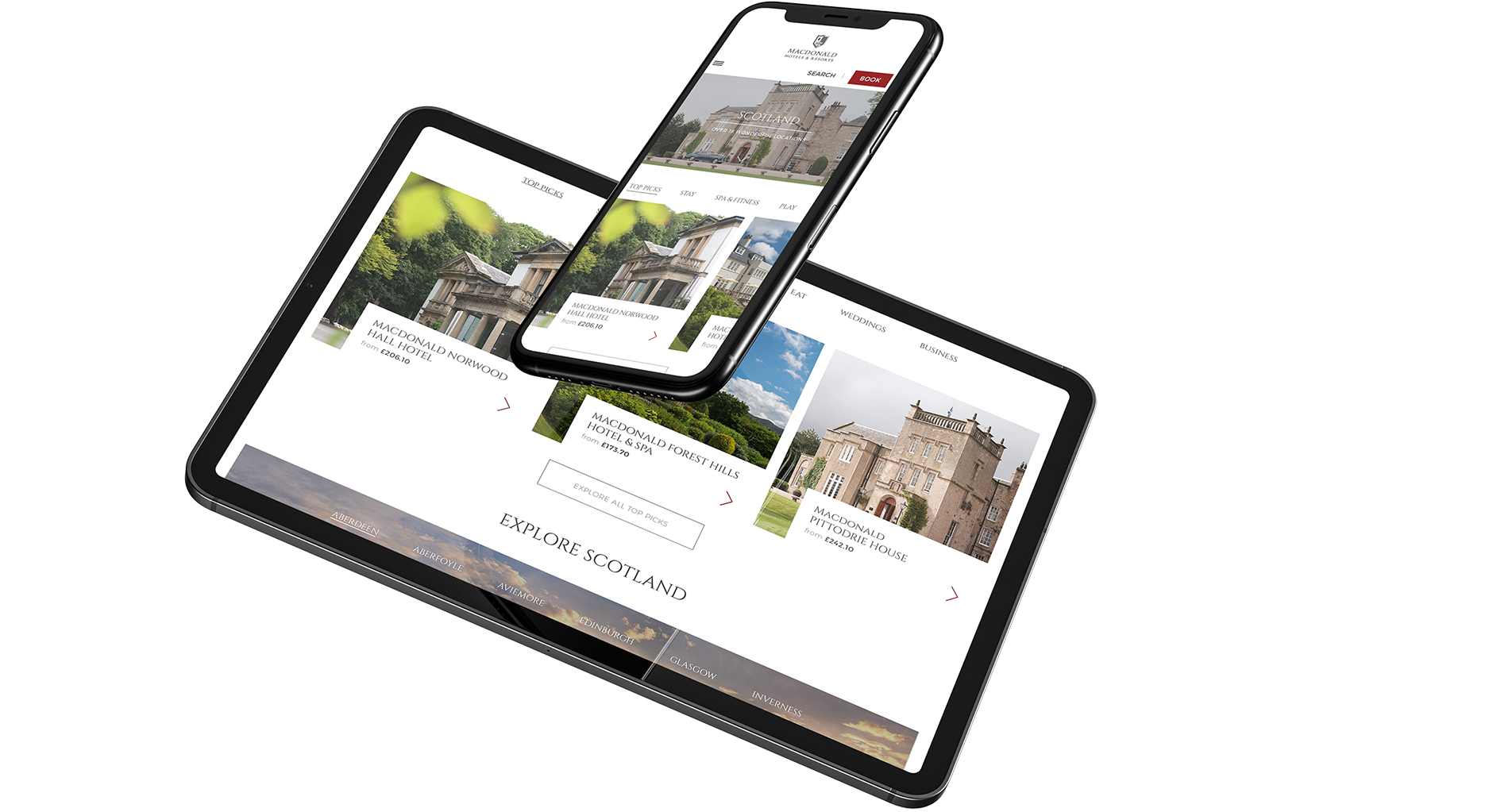Over 671 million visitors stayed in Europe during 2017 – that’s a lot of email and CRM marketing potential right there!
The travel sector
Travel and tourism is certainly one of the strongest and fastest growing global sectors. Nearly $1.6 trillion worth of hotel bookings were recorded for 2017 and it’s only going to grow even further. Global tourism is expected to increase by up to 5% in 2018, a result of strengthening economies, rising incomes and more socio-political freedoms than ever before.
Keeping control
Now, it’s not clear to say how many of these rooms were booked through online travel agents (OTAs). The global scale, capacity and consumer-driven price expectations of OTAs has pushed many an independent hotel chain, boutique stand-alone and B&B towards these monolithic booking systems. This is at a heavy cost to most hotel’s bottom line. However strong the pressure to set up camp on a flashy OTA may be, it is super important that hotel and tourism companies take reign of their own book direct strategy too.

The strategic shift
So how better to tap into a book direct strategy than to start firing off carefully curated and audience segmented email campaigns, right? But let’s start off with the users that are most at need. It is thought that email marketing lists depreciate in size by 22.5% every year. That is a whopper of a figure! Depreciation is often a result of inbox saturation and irrelevant content, something OTAs are guilty of. Travel sector email marketing needs a shift towards more strategic campaigns that focus on retention rather than 'spray and pray' tactics.
Travel email marketing should work like a beautiful swan.
You have the fancy HTML template, GIF header and book direct proposition on the surface and the rich engagement data underneath, paddling all the good stuff into the right inboxes. Email is not a lone ranger by any means, its best pal CRM helps reap high ROI rewards. Many companies already have a CRM platform, but a large proportion don’t know how best to use it. In the CRM platform, valuable data is held on the behaviour and interests of current and historic customers. Data you can tap into.
For example, most CRM systems allow for a drill-down insight into most popular products and booking rates, customer demographics, audience interests and individual lifetime spends. More sophisticated platforms allow for RFM customer modelling, a dream for re-engaging your most lapsed customers!
What is RFM?
RFM stands for Recency (how recently a customer booked), Frequency (how frequently they book) and Monetary (lifetime spend) values. A score of one to five is attributed to each of these parameters and so the customer is assigned a 3-digit score based on their engagement with the hotel. The score for each customer comes from comparing their activity to everyone else’s. Based on these 3-digit scores customers fall into Red, Blue, Silver and Gold tiers. Red spends and stays the least and Gold spends and stays the most. It is super clear to see who is lapsed and who needs rewarded.
Even within the tiers, groups can be segmented further. For example, Jane from Norwich travels with children, enjoys booking Scottish hotel locations, has a lifetime average spend of £571, and an RFM score of 125. While Jane is a good spender, she hasn’t stayed in a while and could do with something exciting to re-engage her; perhaps a family-oriented package in the Highlands. Whereas Nick from Dundee gets away frequently with work but prefers to spend as little as possible. His RFM score is 552, meaning he would benefit from low-priced offers in his inbox. A corporate rate on single bed rooms might interest him.
